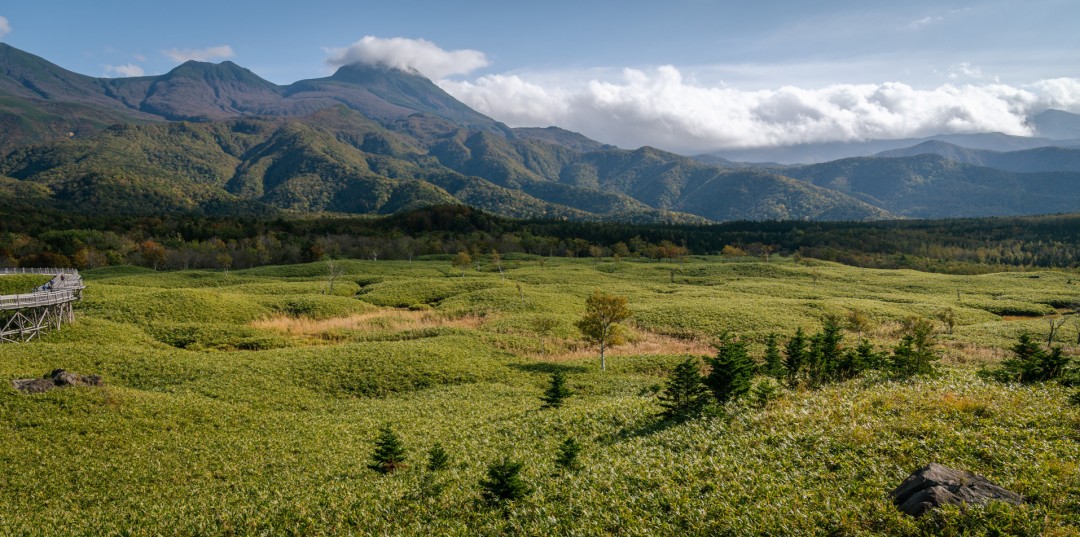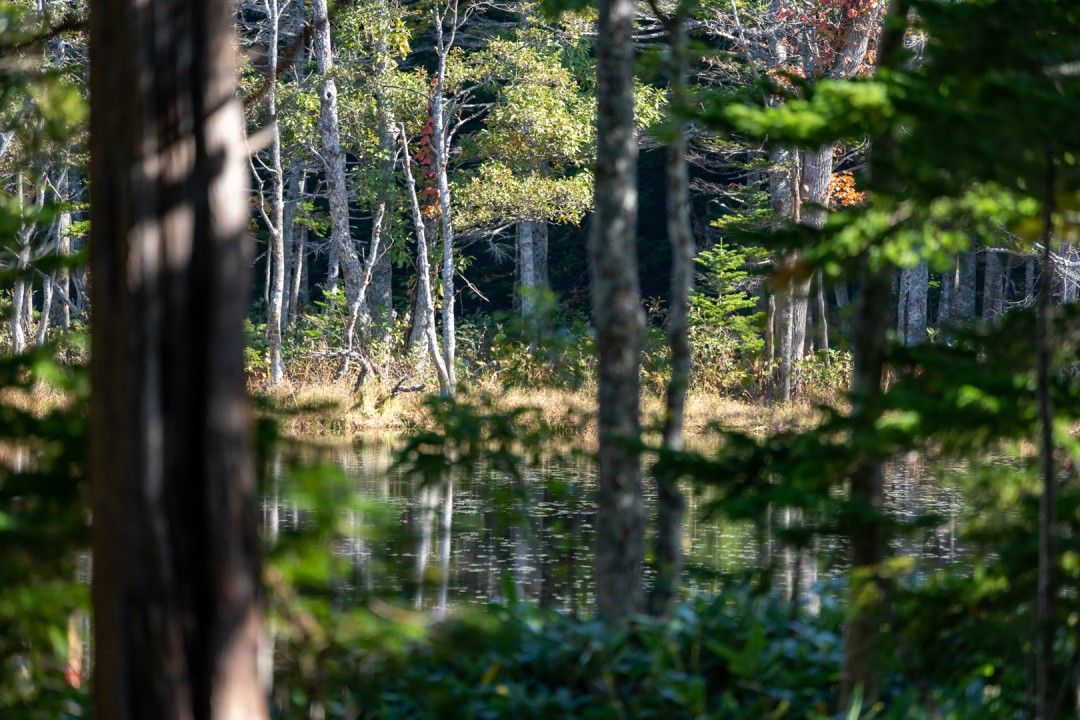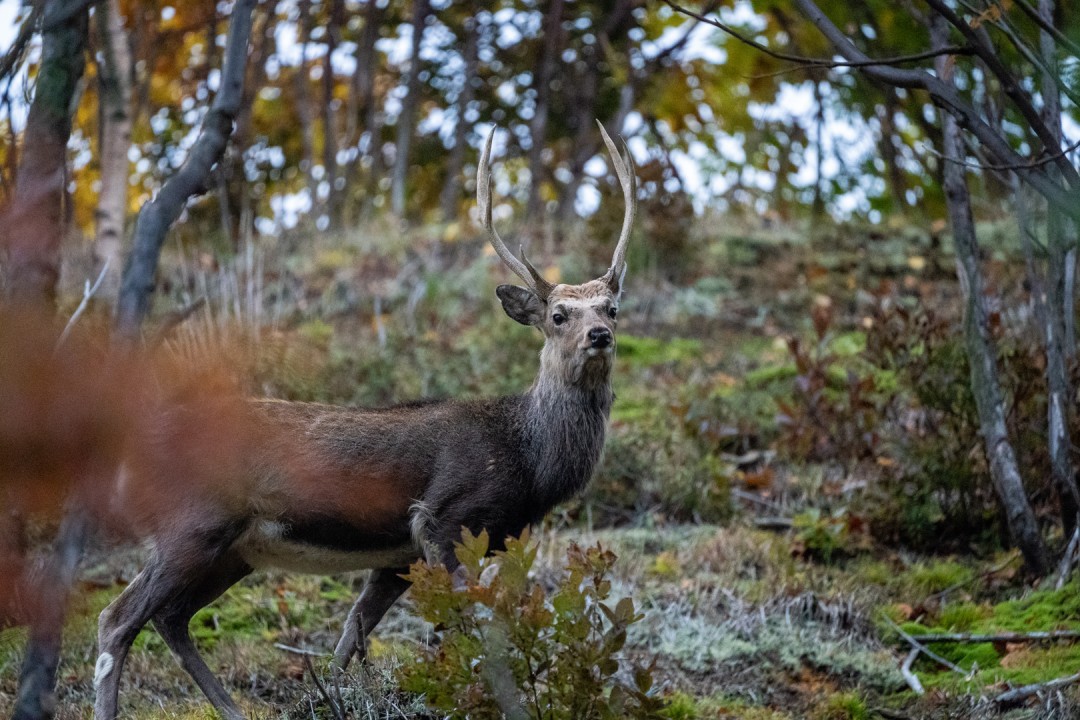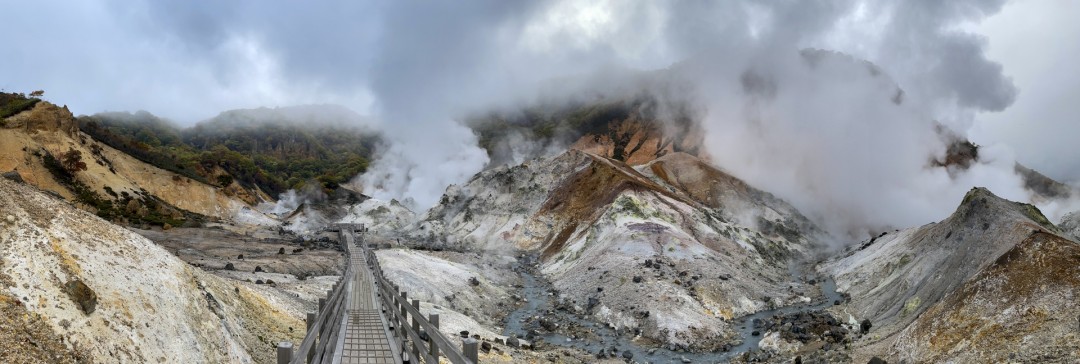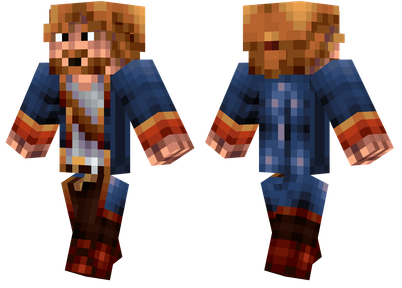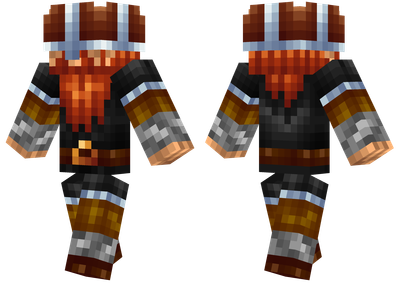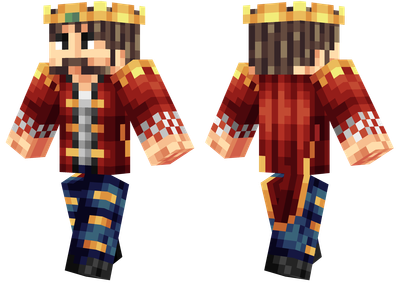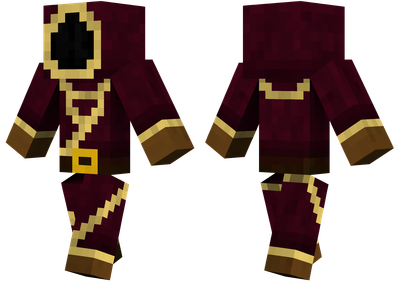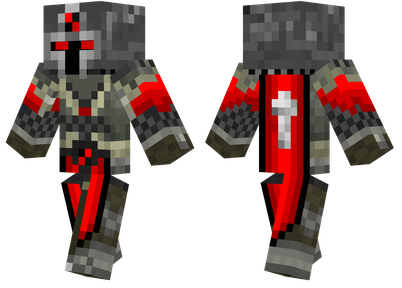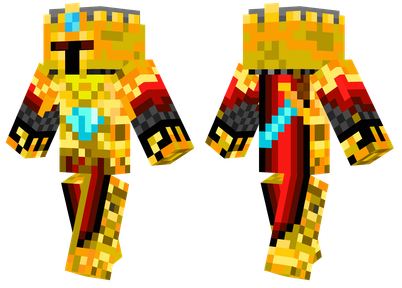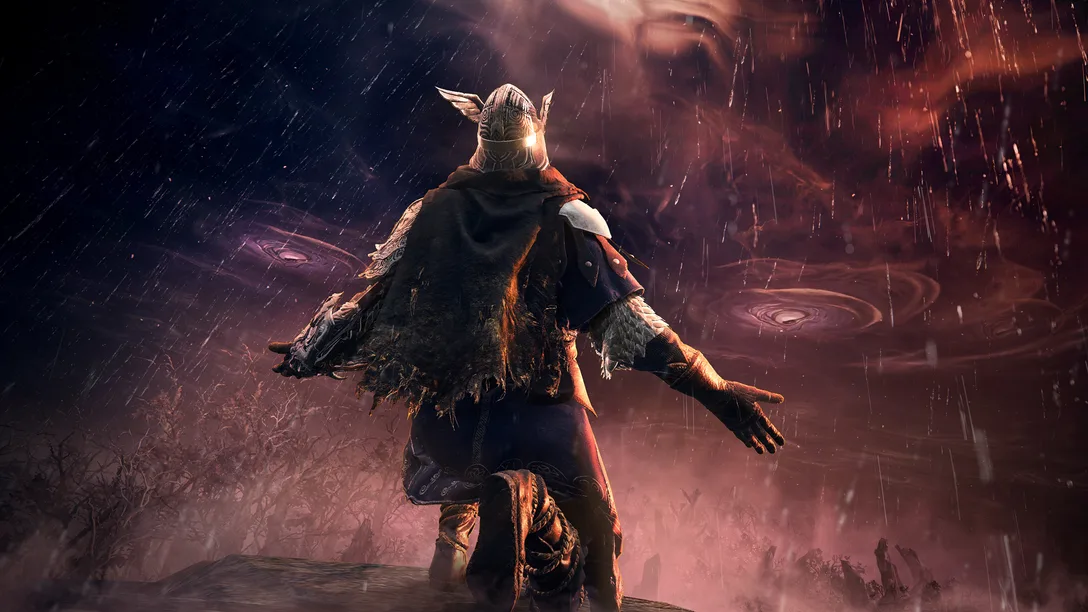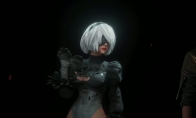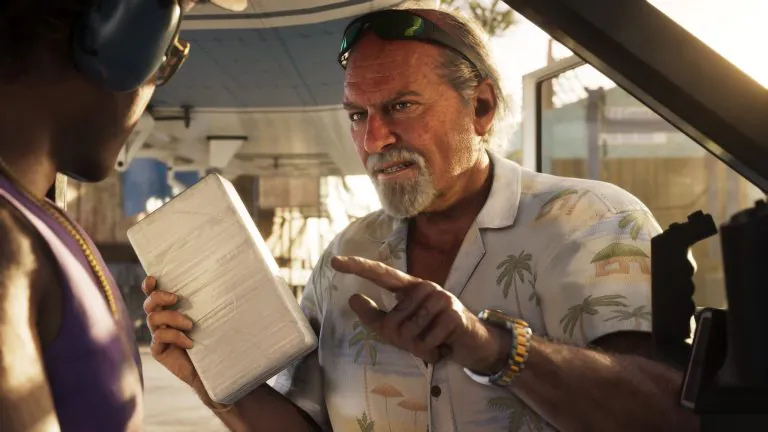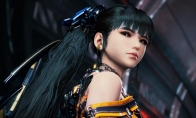The director of "Soul of Sheep Hoof Mountain" promises to faithfully present Japanese culture in this work, comparable to the studio's previous work "The Ghost of Tsushima".
In 2020, "The Soul of Tsushima" launched by American developer Sucker Punch has been widely praised for its fictional portrayal of Japanese history.Sucker Punch creative director Nate Fox recently talked about his commitment to continuing the same cultural sensitivity in his new work "Soul of Sheep Hoof Mountain", emphasizing the importance of researching, respecting and listening to cultural consultants.
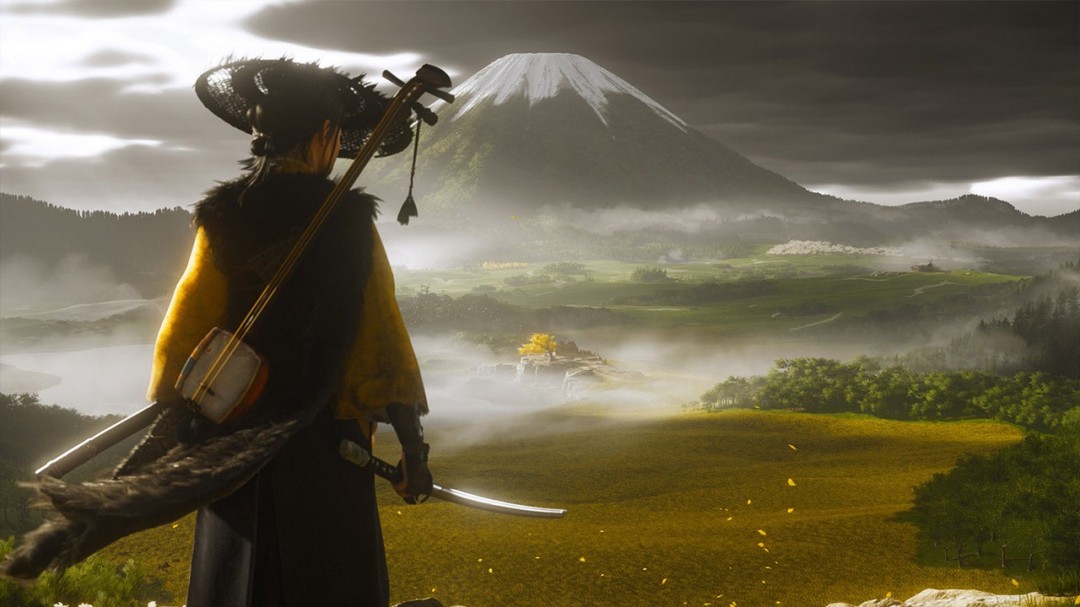
Recently, PS Blog officially published a new article - "Sheep Hoof Mountain Fighting Ghosts" series of materials.In it, Nate Fox shared his experience in Japan's investigation, saying that this is the "best part" in developing the game, which is both inspiring and eye-opening.

"The Ghost of Tsushima Island" allows players to play the role of Hitoshi Shin-kun in the 13th century, resisting the Mongol invasion and defending Tsushima Island."Soul of Sheep Hoof Mountain" will quickly forward to 1603. Players will transform into female warrior Atsushi and embark on a revenge journey in Saiyi (now Hokkaido, Japan's northernmost main island) to hunt down the bandits who murdered her family.
"The Ghost of Tsushima" pays tribute to the classic samurai movie and launches the black and white "Kurosawa Mode" named after the legendary Japanese director Akira Kurosawa.Therefore, it is exciting to see whether "Soul of Sheep Hoof Mountain" will be influenced by many Japanese movies with the theme of revenge of powerful female warriors (such as the "Shura Seiki" series).
In a recent PlayStation blog post, Nate Fox shared his experience in Japan's investigation, saying it was the "best part" in developing a game, which was both inspiring and eye-opening.He said: "Every member of Sucker Punch who participated in the research returned to the studio was full of enthusiasm and hoped to inject the charm of real places into the fictional scenes." He emphasized the importance of experiencing a place in person and used this experience to create an original game environment that fits the spirit of real places.
In May 2024, Daisuke “Dice” Ishidate, an English-Japanese local creator of "Tsuke Island" and expressed a similar view on social media: "The development team told me, 'We want to create interesting entertainment experiences, not history classes...' The reason why "Tsuke Island" succeeds may not lie in its objective historical accuracy, but in its subjective era drama style and unique charm."
Indeed, "The Ghost of Tsushima" is like a carefully studied love letter dedicated to historical Japan, mixed with the flavor of classic samurai movies.Most of the inaccuracies in the game are due to the needs of artistic creation, aiming to bring players a more entertaining and ambience experience, while making the game more acceptable to players around the world.For example, the image of the samurai in the game draws on popular culture in the later centuries, with Hitomi mainly using swords, while the 13th century warriors mainly use bows and arrows (the archer expert Ishikawa may be the closest character to the samurai of that era).To increase playability, Hitoshi Kyui was able to create haiku (the most well-known form of Japanese poetry), but haiku actually developed several centuries later.
Although the towns, shrines and natural environment of Tsushima Island Ghost make people feel like they can experience a Japanese nature journey on the sofa, the game also has some freedom in season performance.The real Tsushima Island has a subtropical climate, located between South Korea and the southernmost main island of Kyushu.The blizzard encountered by Hitoshi Izumi in the third act of the game is inconsistent with reality, because Tsushima Island is too south, so there will be no such weather.But this design allows players to experience the most iconic beauty of Japan's four seasons: while walking through Tsushima in the game's fictional Tsukuma, players seem to travel through different seasons, sometimes the pink cherry blossoms in spring light up the screen, and sometimes the orange-brown fallen leaves in autumn are switched to.
Fox explained that the digital Tsushima Island was never intended to perfectly reproduce the real island, but to faithfully capture its unique spirit.“By listening to cultural consultants and delving into it, we are able to present a reappearance of respect for the unique charm of the island… In Soul of Sheep Hoof Mountain, we are doing the same.”
Fox revealed that Sony chose Hokkaido as the stage for "Soul of Sheep Hoof Mountain" because it is "incredibly beautiful".He recalled that during the field trip, the development team was deeply shocked by the contrast between the magnificent scenery of Hokkaido Chishop National Park and the potential bear threat."This perfect combination of beauty and danger is exactly what we want to convey in the game," Fox said excitedly.In addition, Hokkaido in 1603 was a sparsely populated and harsh northern island, which the developers believed was very consistent with the story of a female warrior who was obsessed with revenge and regarded as a "monster" by the locals.
PS Blog Original text: "Sheep Hound Mountain Fighting Ghost" series of texts to experience the beauty of Hokkaido's nature
The best thing about making "Ghost of Tsushima" and "Ghost Hoof Mountain" is the opportunity to go to Japan to obtain materials.I am an American, and before I met Japan mainly through the beloved classic samurai movies.However, actually visiting the local area, feeling the breeze blowing on your face, smelling the scent of the pine forest, and getting to know the locals, it can give people more profound inspiration.Sucker Punch members who participated in the material tour all returned to the studio with great enthusiasm and were ready to inject a delicate sense of realistic view into the real places depicted in the game.We strive to design an original terrain that presents the charm of the real location, allowing players to run freely, explore as they wish, and satisfy curiosity.But most importantly, the journey of materials helps everyone learn humbly with respect.What I saw standing on Tsushima Island Beach is still vivid in my mind.When the Mongolian army invaded, 80 warriors died in battle on that beach to defend their homes.Both sides of that conflict were real people.Although the terrain of Tsukuma Island is not 100% reproduced in the game, the plot direction is also fictional, and all Sucker Punch members still want to treat Tsukuma Island well.This idea stems from listening to the advice of cultural consultants and studying it carefully in order to recreate the special features of the Hokkaido Island and show respect for the land.In addition, this is also to present a sense of reality and build credibility in the fictional plot of the game.
"Sheep Hoof Mountain Battles Ghost" also adopts the same policy in production
So, how did you decide the stage for your new work? This is not difficult. Hokkaido is incredibly beautiful and was the frontier of Japan in 1603.At that time, Hokkaido was named Hokkien. It was a mysterious island in the north. The population of Heren (Japanese) was sparse, and most of them were eager to come to this cold wilderness to start from scratch.The combination of beauty and crisis resonates deeply with us.The Hokkien is the most suitable stage for sternness. The warrior is eager for revenge, which leads residents to begin to think that she is a resentful spirit wandering in the world.If you want to describe a ghost story, of course you must choose a time and space background full of dramatic tension.
The Sucker Punch material team, from left to right: Ian Ryan, Jason Connell, Nate Fox, JoAnna Wang, Rob Davis, Ryuhei Katami
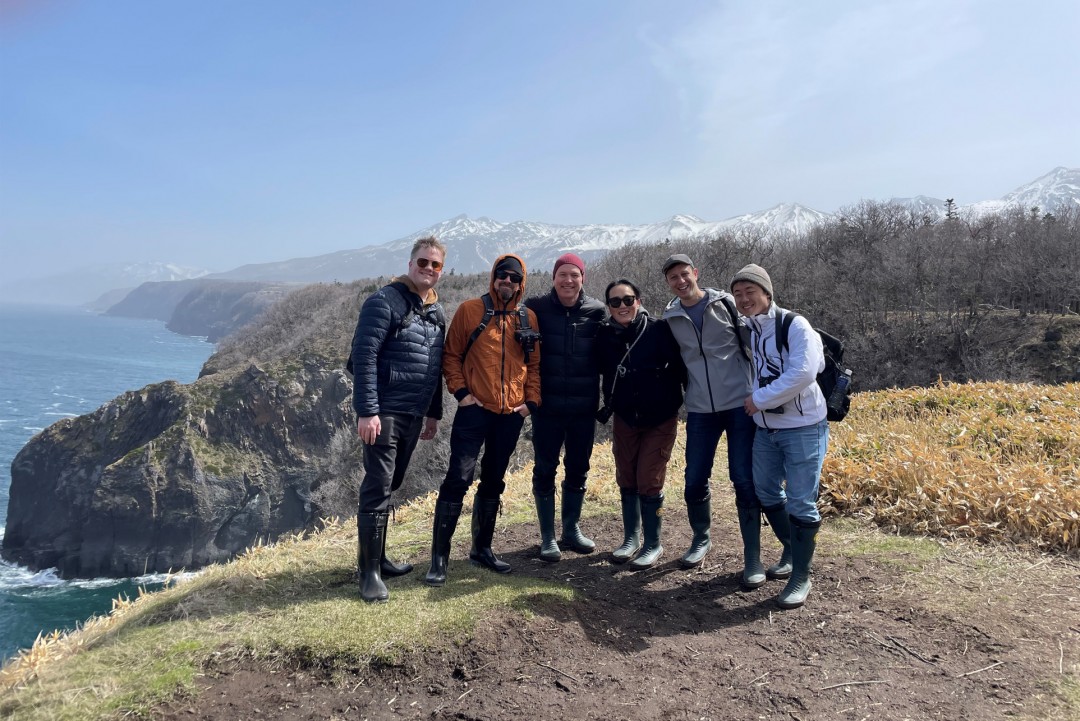
Sucker Punch launched two tours of materials to explore different parts of Hokkaido.Our team is very grateful to visit Zhipu National Park.This perfect blend of natural beauty and danger.While hiking through the park, the team enjoyed the spectacular scene of the waves slashing at the high cliffs, and found traces of bears grinding their claws on several trees.This woods are the home of bears, and we are outsiders.Suddenly, everyone had to start to work hard, look up at the beautiful mountain covered by ice and snow, and look down at the nearby bushes and beware of predators that might lurk nearby.That experience was very magical!The beauty and danger are perfectly intertwined and blended, which is exactly what we hope the new work conveys.For me, that is the moment when I decide Hokkaido is the right stage.
Have you seen the claw marks on the trees? Do you want to camp in this woods?
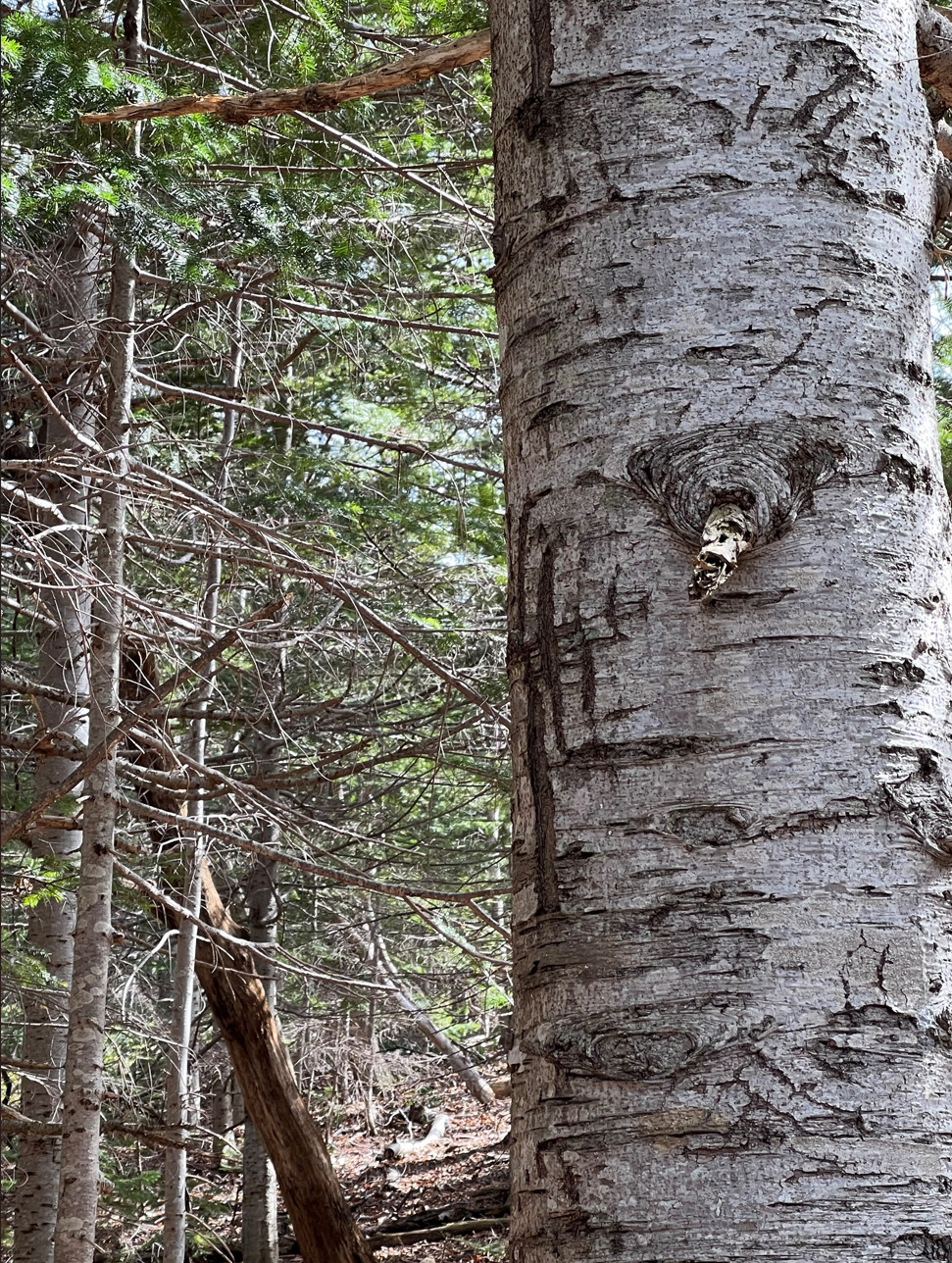
While traveling elsewhere in Hokkaido, we met a mountain that towered to the point where it seemed to overlook everyone on the island.That's right, that's exactly what the Ainu people call "female mountain".Of course, we have been thinking about the protagonist of this work during the period of our study.After hearing the saying that Ai Nu called Yangti Mountain, the connection between Du and Shan became clearer and clearer.For us at that time, Yangti Mountain became a symbol of Hokkaido.For Du, Yangti Mountain symbolizes her home and her lost family.In fact, visiting the local area, discussing game content with local people, and then stimulating new ideas, this is the place where the journey of materials is full of rewards.
The towering mountain of Sheepshoe
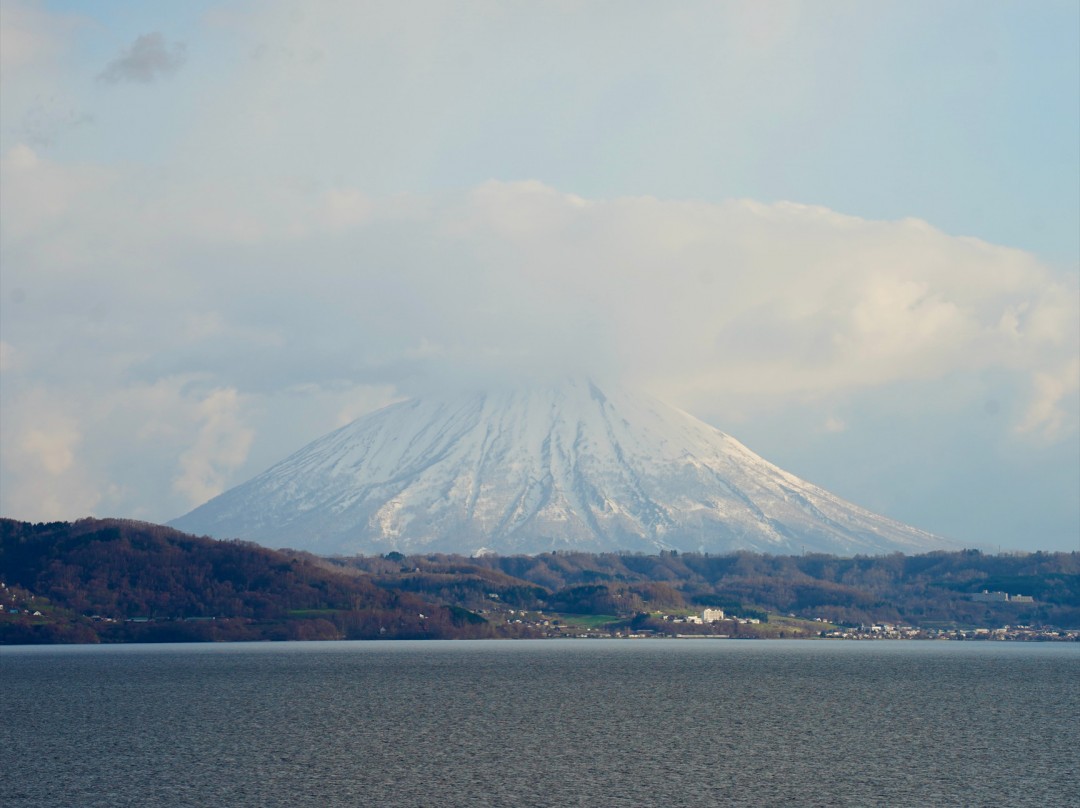
As you can see, the natural beauty of Hokkaido has given far-reaching inspiration to all members of the team.We resonate with the natural landscape and tried our best to master the charm of the realm of Hokkaido, which is portrayed by the game.In addition, this journey of materials has given us other insights.We Americans also know that we are quite ignorant of Japanese culture.To start solving this problem, we seek help from many knowledgeable people to visit important cultural locations in person... But let's wait for the next blog post.
Here are some photos taken during the research trip:
